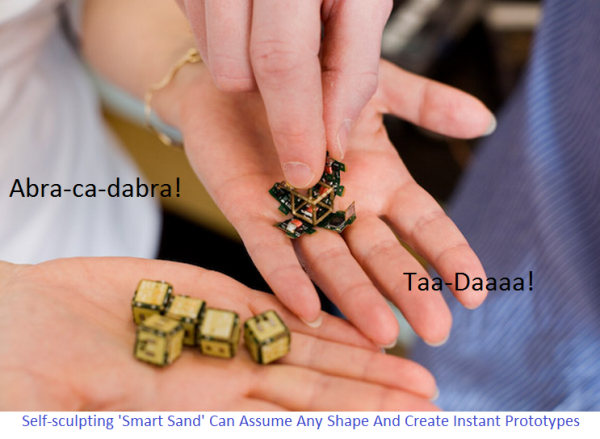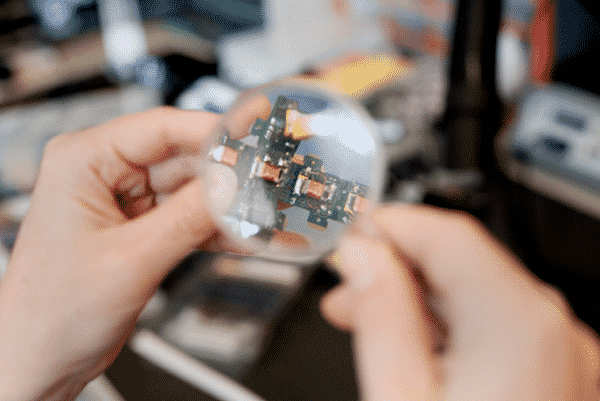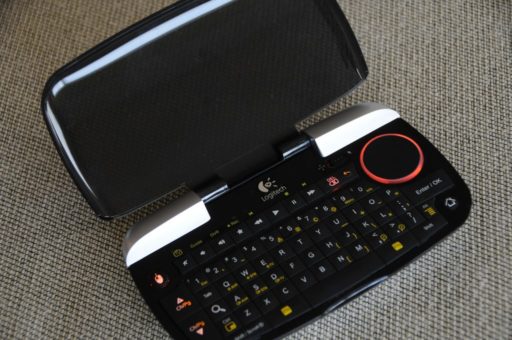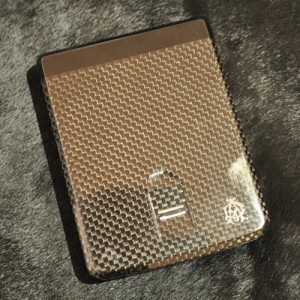There is a small plastic flower in a hat. Then we heard Abra-ca-dabra! ‘Alakazam!‘ ‘Ta Da!’ (Magical Words used by magicians while showing magic) and the flower turns into a cute Rabbit. Isn’t that interesting? Could be. But this is not magic. Distributed Robotics Laboratory (DRL) at Massachusetts Institute of Technology’s (MIT’s) Computer Science and Artificial Intelligence Laboratory (CSAIL) has developed a new algorithm that can assume any shape, allowing spontaneous formation of new tools or duplication of broken mechanical parts. It can duplicate any object easily as if someone or something is showing the real magic, Abra-ca-dabra!!!
At the IEEE International Conference on Robotics and Automation in May — the world’s premier robotics conference — DRL researchers is going to present a paper describing algorithms that can enable such ‘smart sand.’ They will also describe experiments in which they tested the algorithms on somewhat larger particles. Researchers tested it using 2D models, but they can perform reliably with 3D shapes also. For their experiment, they used cubes about 10 millimeters to an edge.
Immersing an object in the sand, tiny cubes send simple proximity messages to each other, which relay through the swarm and determine which blocks are adjacent to the object to be modeled, and those that aren’t. Using this data, its constituent grains will detach from each other and become free to participate in the formation of a new shape. Check out the video below. This video can explain much better.
For more details, simply click here.
Source : MIT
[ttjad]





